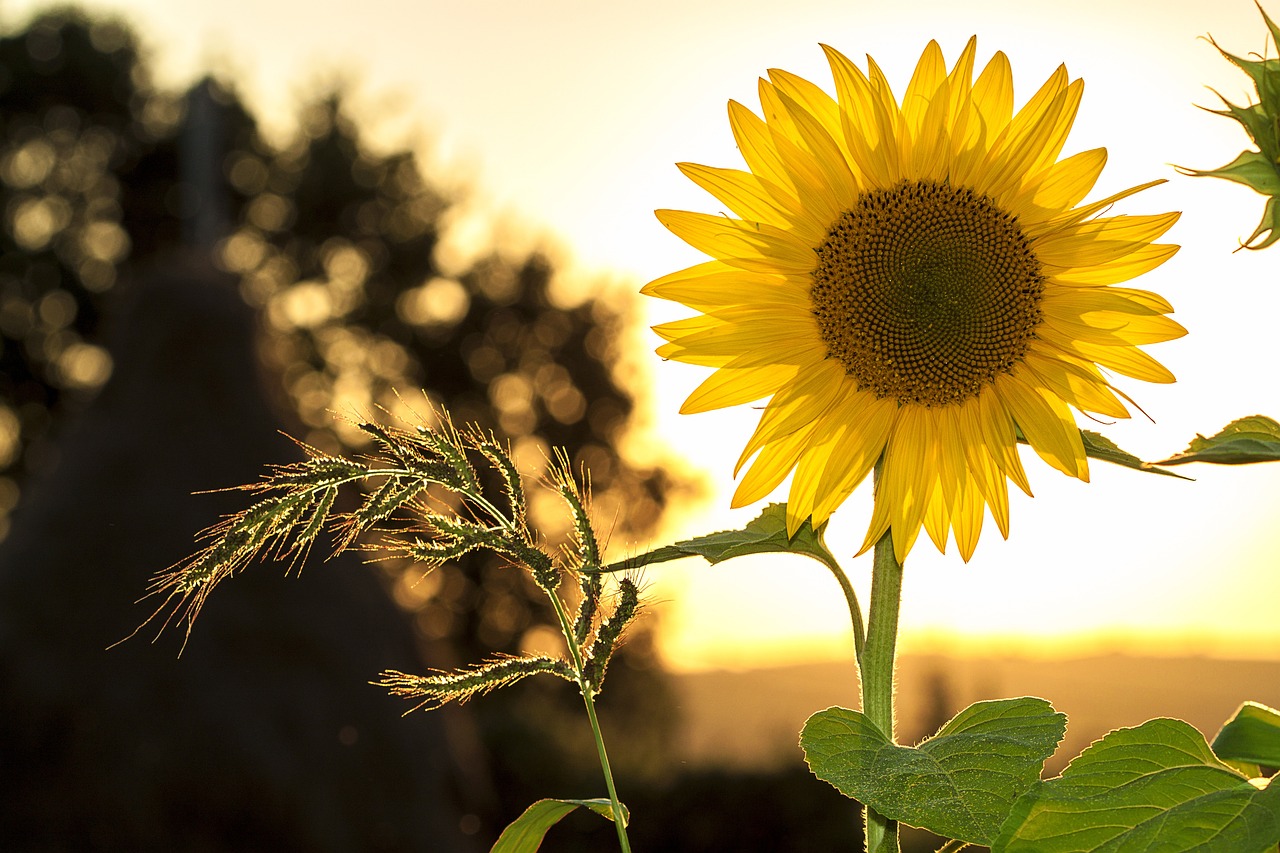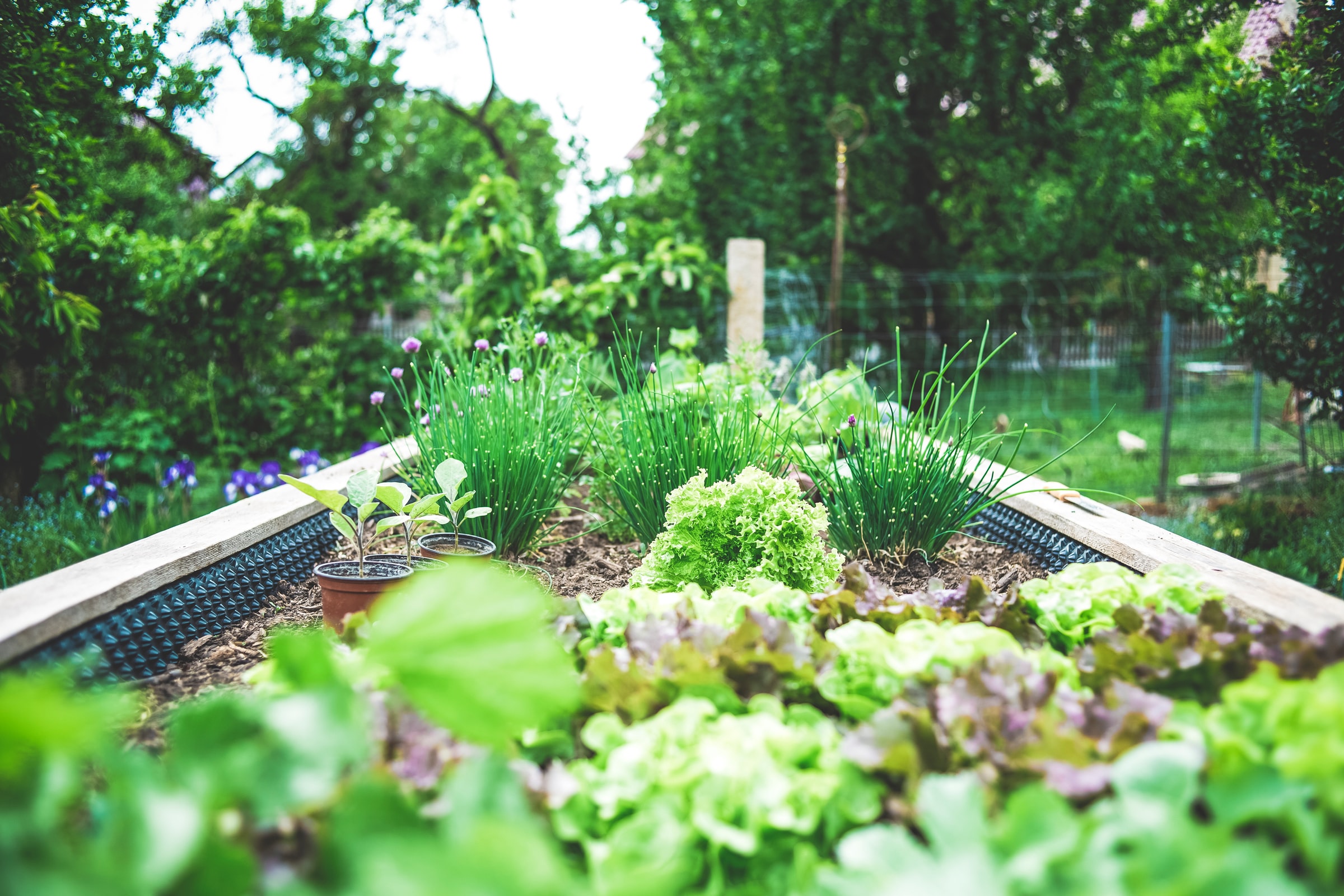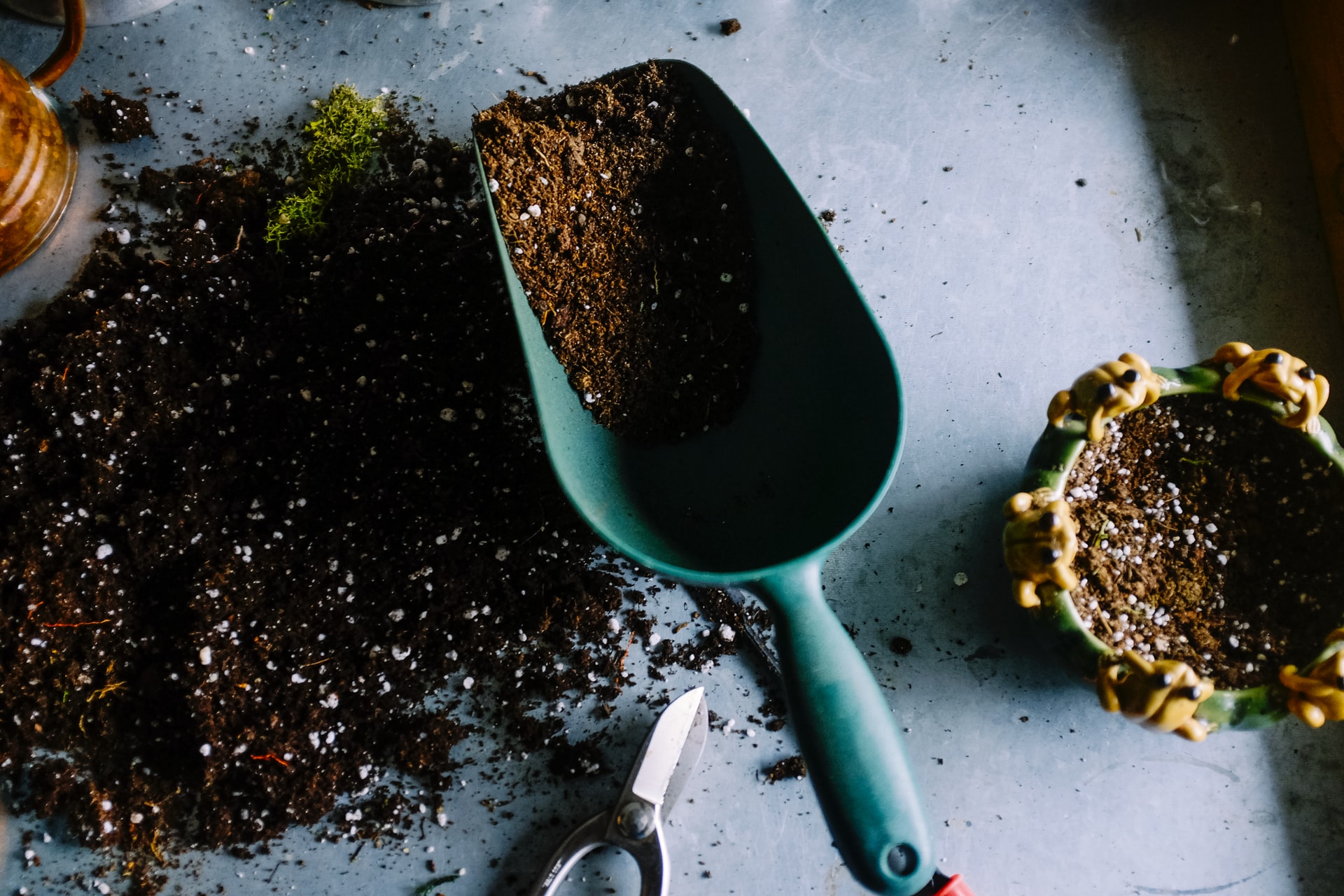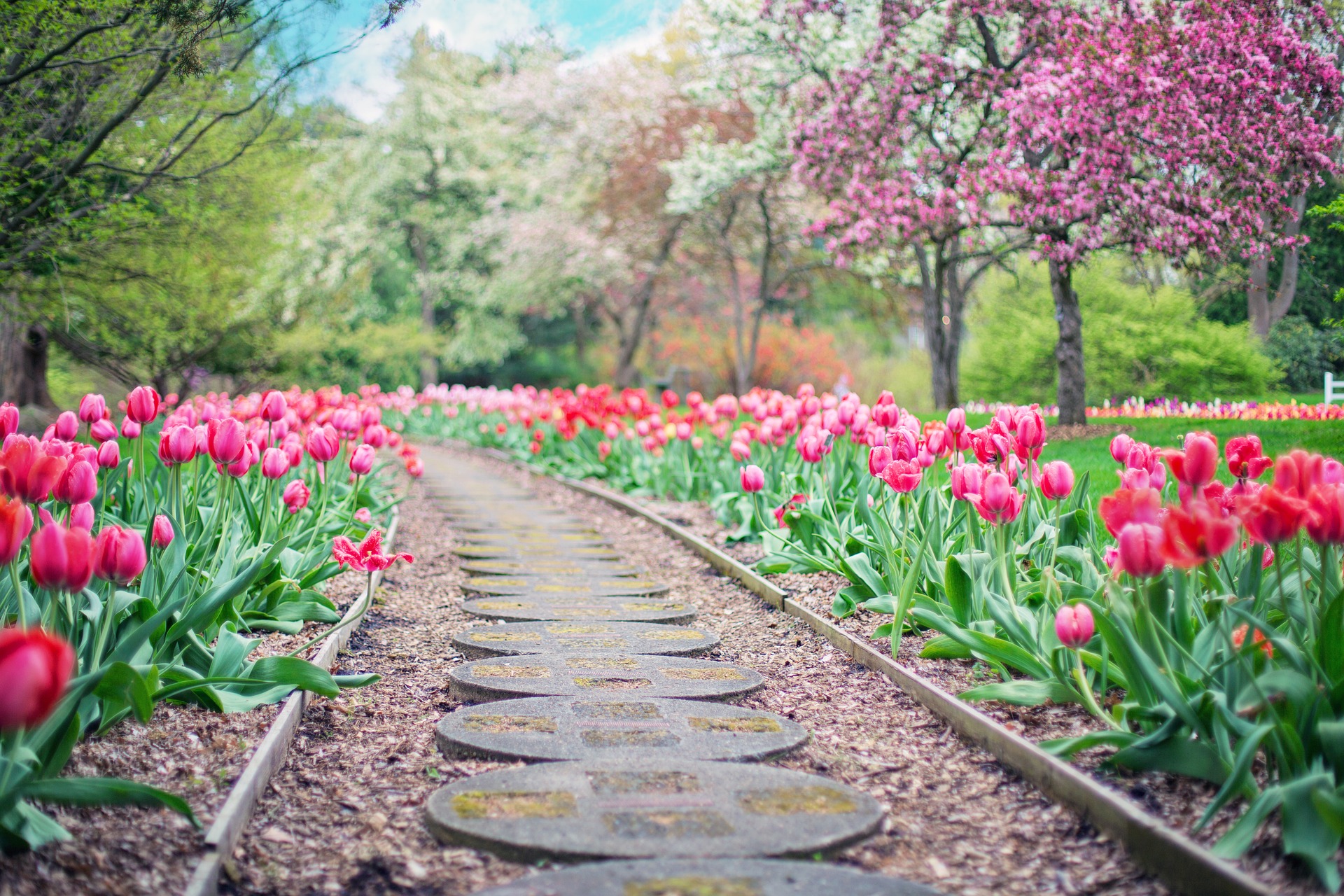Gardening is a deeply rewarding and therapeutic hobby, but not all of us have the luxury of abundant sunlight to nurture our green spaces. Many homes and apartments, particularly in urban areas or those surrounded by tall buildings, have limited access to natural light. However, low-light gardening is not only possible but can also yield beautiful results when approached with the right knowledge and techniques. In this guide, we’ll explore the world of gardening in low-light environments and offer practical tips to help you create a thriving garden, even when the sun is in short supply.
Understanding Low-Light Environments
Low-light environments typically receive less than 4 hours of direct sunlight per day. Such conditions can be found in shaded urban gardens, apartments with limited windows, or spaces with obstructions like tall trees and buildings. While low light might seem like a hindrance to gardening, it’s essential to remember that several plant varieties are well-suited to these conditions.
Plant Selection for Low-Light Gardening
When you’re gardening in low-light environments, choosing the right plants is crucial. Opt for shade-loving or low-light-tolerant plants that can thrive with minimal sunlight. Some excellent choices include:
- Snake Plant (Sansevieria): This hardy, low-maintenance plant is an excellent option for low-light spaces. It can tolerate a wide range of conditions and helps improve indoor air quality.
- ZZ Plant (Zamioculcas zamiifolia): Known for its glossy, dark green leaves, the ZZ plant is incredibly resilient and can grow in low-light settings.
- Peace Lily (Spathiphyllum): Peace lilies are renowned for their air-purifying qualities and can thrive in low-light areas, producing beautiful white blooms.
- Philodendron: Philodendrons come in various varieties, and many of them can do well in low-light conditions. They are appreciated for their lush, trailing foliage.
- Ferns: Many fern species, such as the Boston fern, can thrive in low-light settings and add a touch of elegance to your indoor or outdoor space.
- Spider Plant (Chlorophytum comosum): Spider plants are known for their ability to tolerate low light while producing attractive green and white foliage.
Container Gardening in Low-Light Spaces
For those with limited outdoor space or challenging light conditions, container gardening is an excellent choice. You can create a beautiful garden on your balcony, patio, or indoors by using containers and pots. This approach allows you to move your plants to catch the available light during different parts of the day.
Here are some tips for successful container gardening in low-light environments:
- Choose the right containers: Select pots with drainage holes to prevent overwatering, and consider lightweight containers for easier movement.
- Use high-quality potting mix: Use a well-draining potting mix suitable for your specific plants, as it can help improve the growing conditions.
- Select the appropriate plants: Stick to shade-tolerant plants and choose varieties that suit the size and style of your containers.
- Rotate your containers: If possible, regularly rotate your containers to ensure all sides of your plants receive some light.
- Monitor moisture levels: Pay close attention to your plants’ water needs, as containers can dry out faster than garden beds. Water thoroughly but avoid waterlogging the soil.

Artificial Lighting for Low-Light Gardening
When natural light is insufficient, artificial lighting becomes an invaluable tool for low-light gardening. Grow lights, available in various types like fluorescent, LED, and high-intensity discharge (HID) lights, can provide the necessary light spectrum for plant growth.
Key considerations for using artificial lighting in low-light environments:
- Light duration: Most plants require around 12-16 hours of light per day, depending on their specific needs. Use timers to ensure consistent light exposure.
- Light intensity: Different plants have different light requirements. Adjust the light intensity and position of your grow lights to match your plants’ needs.
- Light spectrum: Some plants require specific light spectra for growth. Research your plant varieties to determine their ideal light spectrum and adjust your grow lights accordingly.
- Light placement: Hang or position your grow lights at the appropriate distance from your plants, as light intensity diminishes with distance. Avoid placing lights too close to prevent burning the foliage.
Maintenance and Care
Even in low-light environments, proper care and maintenance are essential for a thriving garden. Here are some important care tips:
- Regularly inspect for pests: Since low-light conditions can weaken plants, they may become more susceptible to pests. Inspect your plants for signs of infestations and take appropriate measures to address them.
- Pruning and grooming: Trim and groom your plants as needed to encourage healthy growth and prevent overcrowding.
- Fertilize sparingly: Fertilize your plants with a balanced, water-soluble fertilizer, but do so sparingly, as low-light conditions often mean slower growth.
- Stay mindful of watering: Overwatering can be a common issue in low-light environments, as plants may take longer to dry out. Be sure to allow the soil to partially dry between waterings.
In conclusion, low-light gardening is not only feasible but can also be incredibly rewarding. With the right plant selection, container gardening strategies, artificial lighting, and proper care, you can create a lush and thriving garden even when natural sunlight is in short supply. Whether you’re transforming your indoor space or making the most of a shaded outdoor area, a garden in the shadows can be a beautiful and serene addition to your life.



